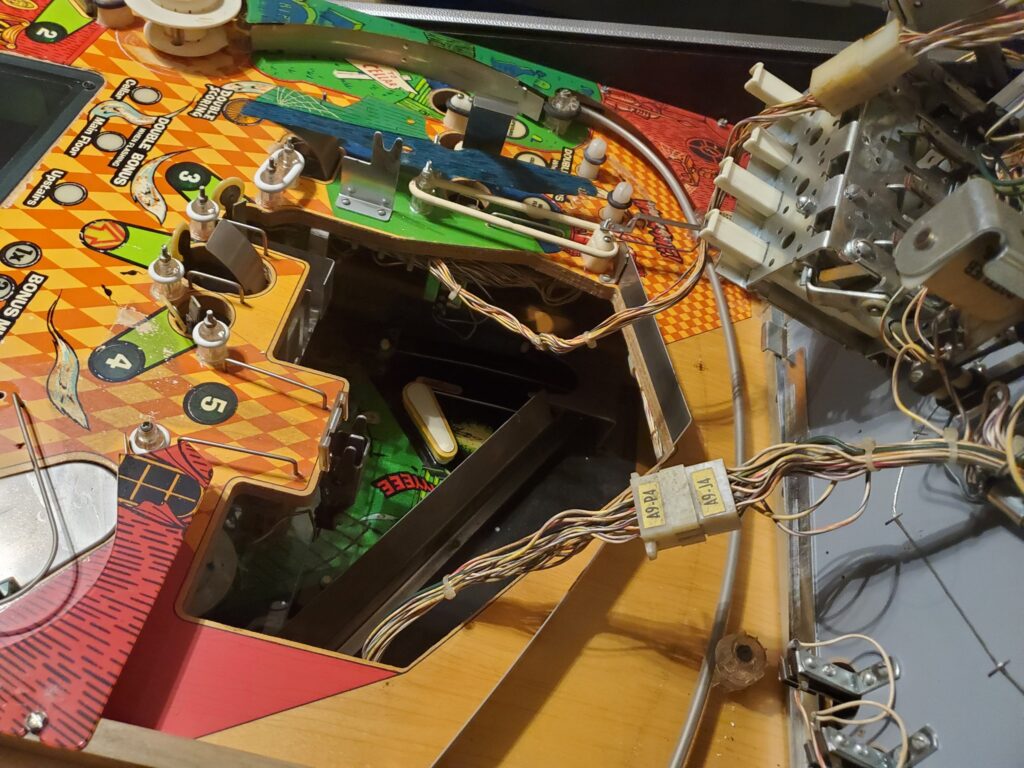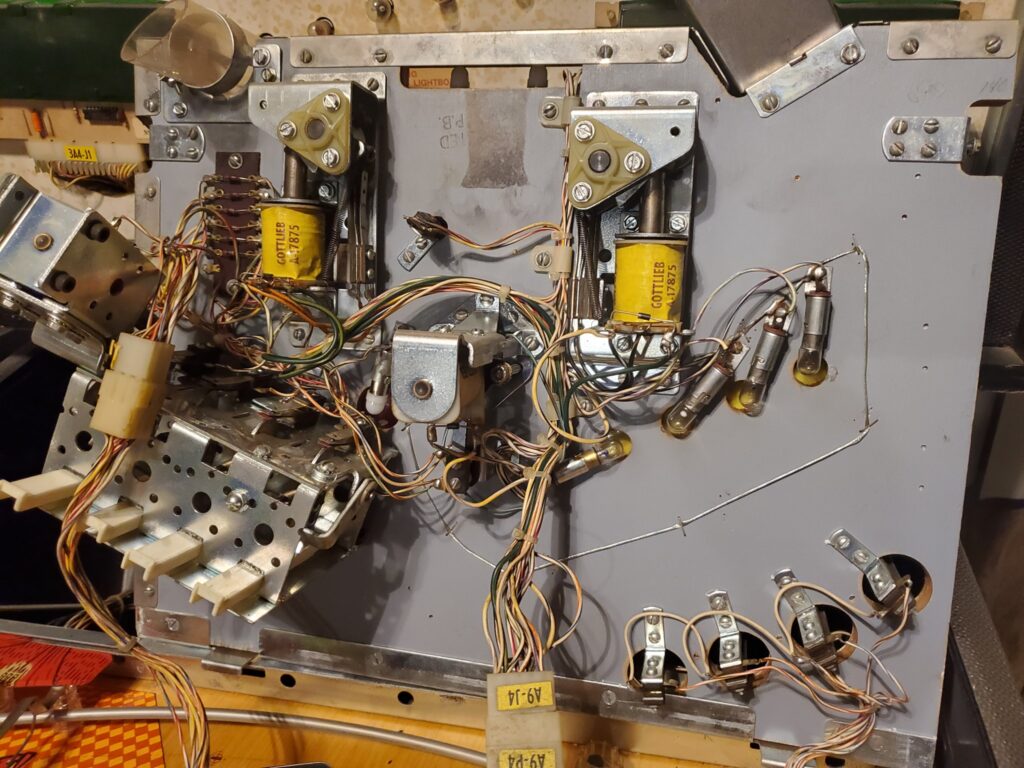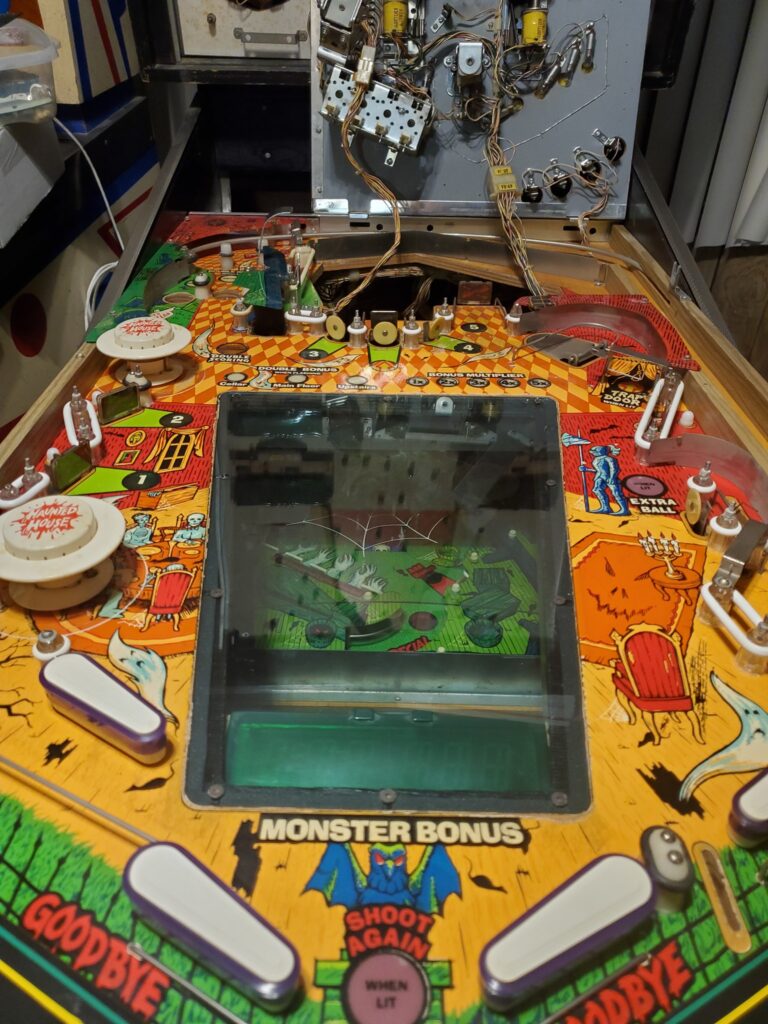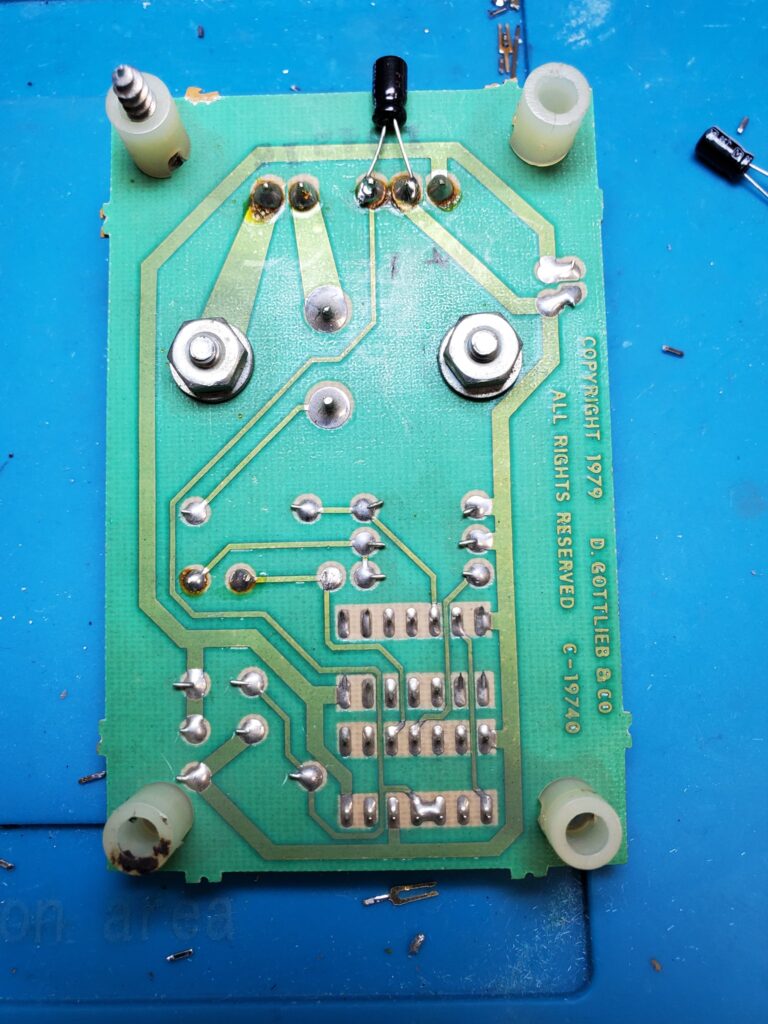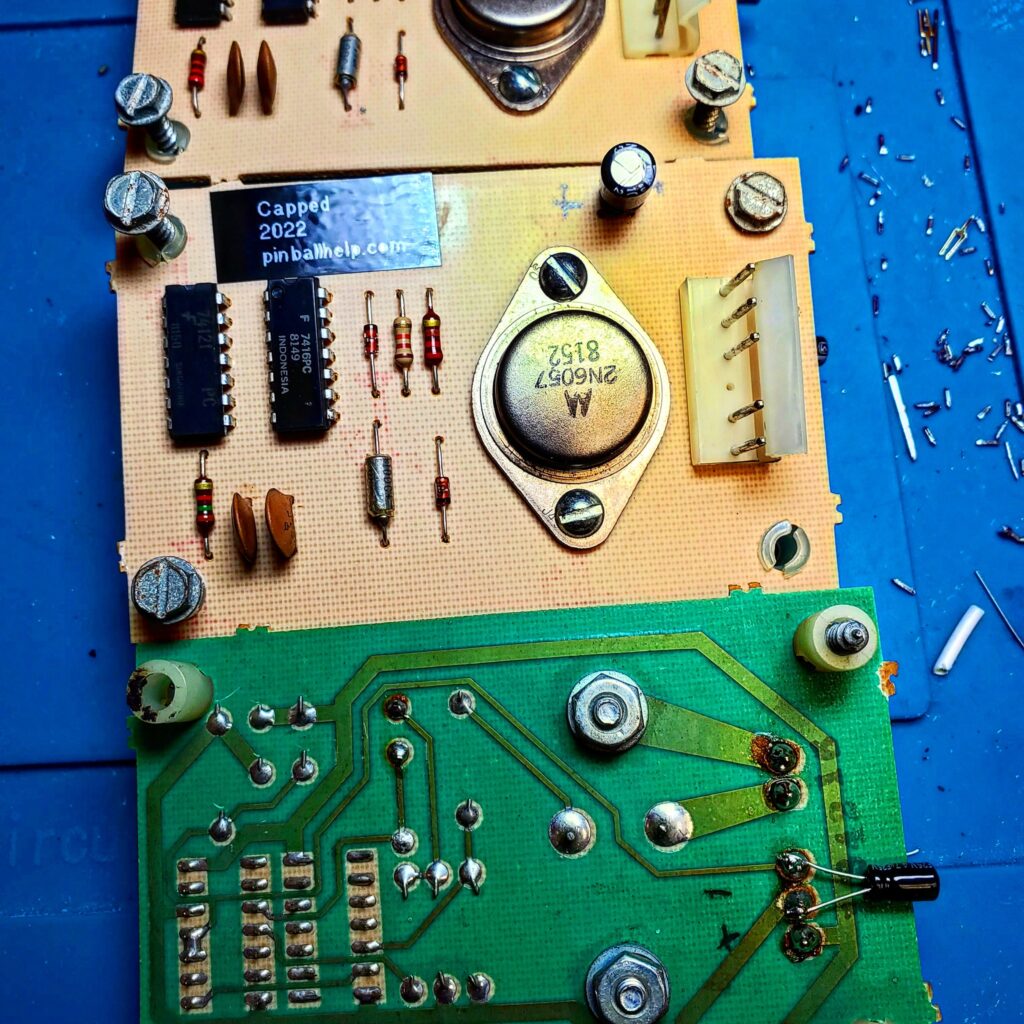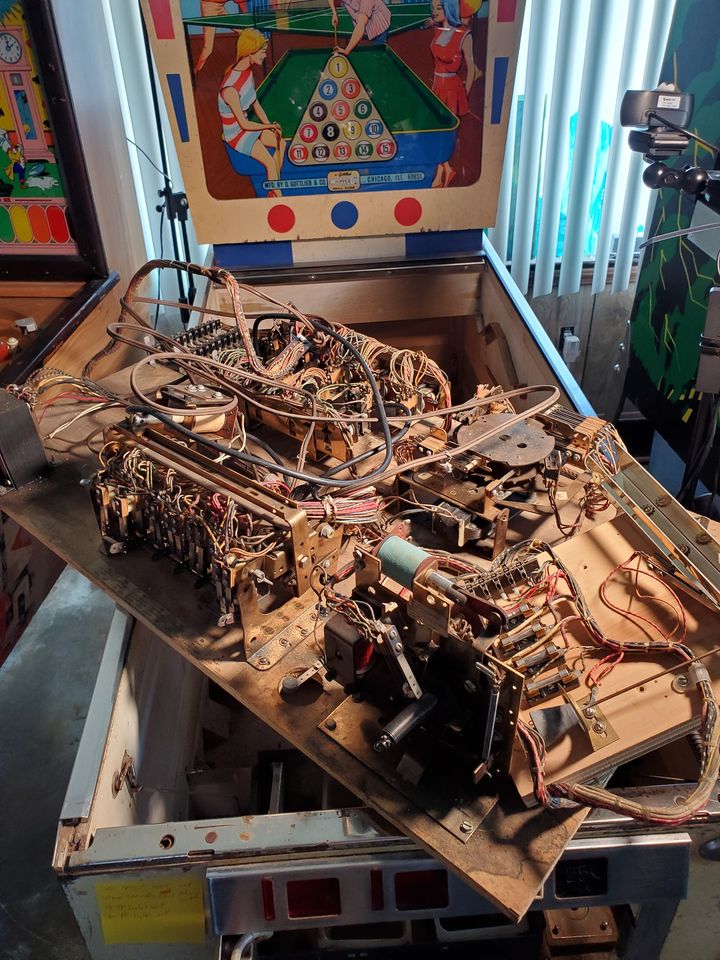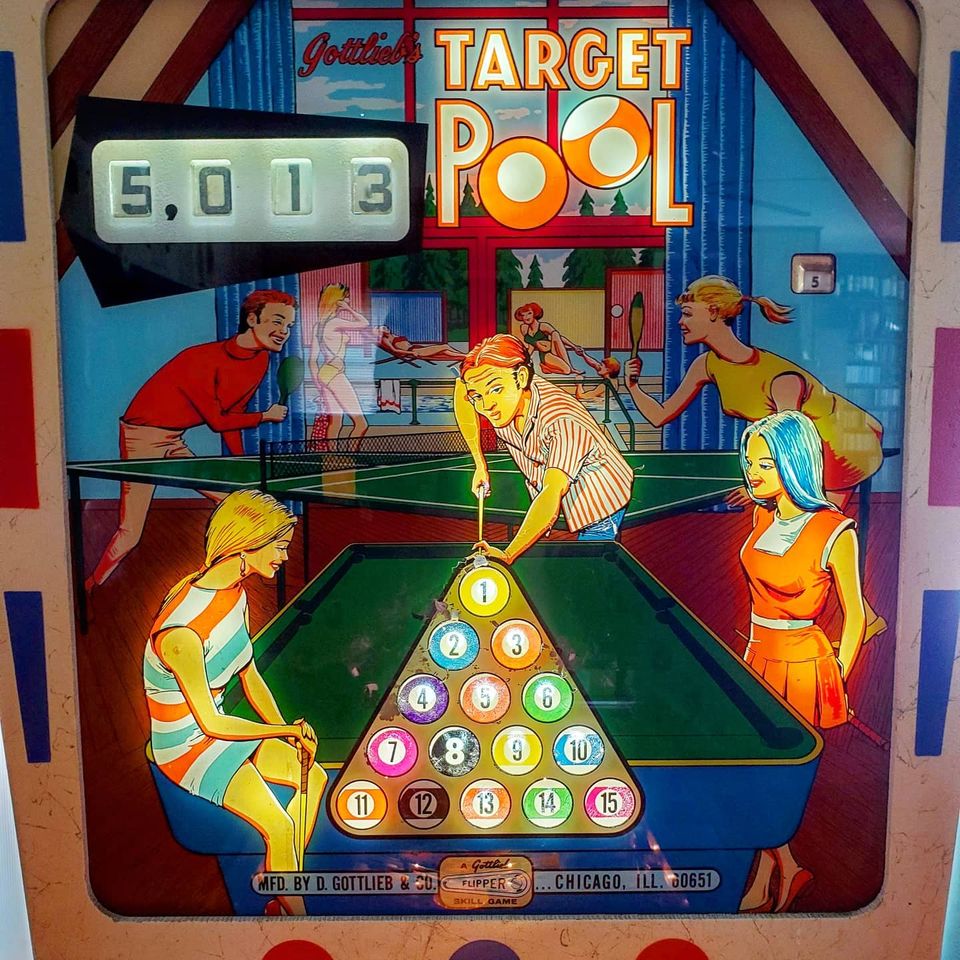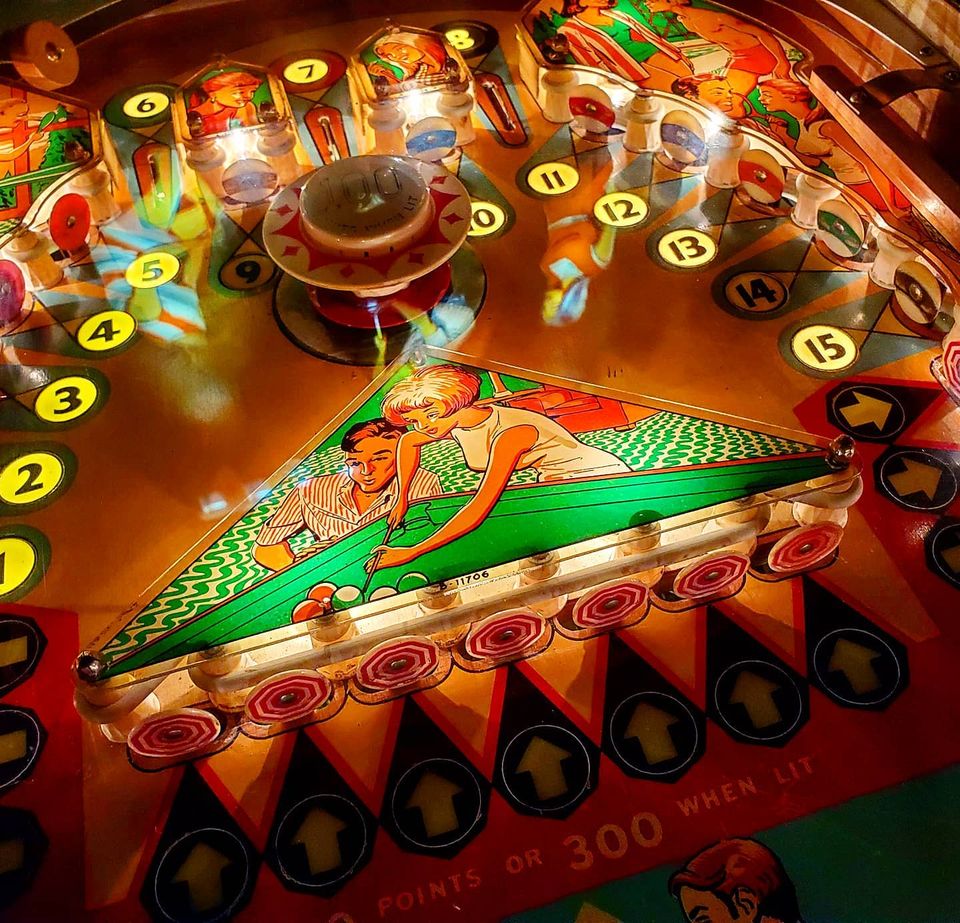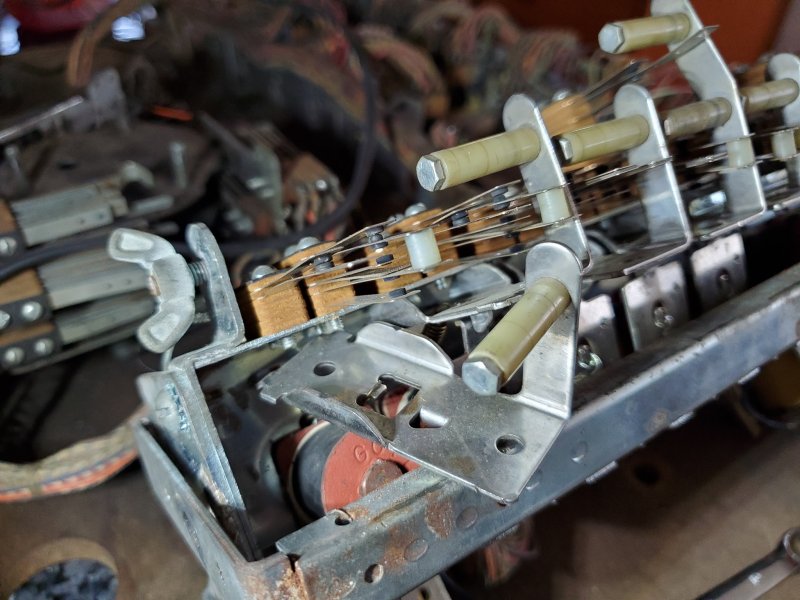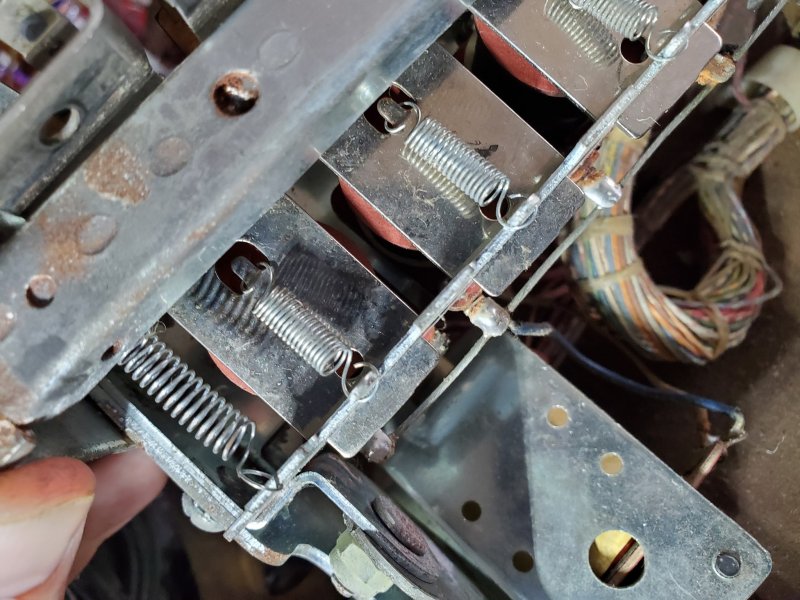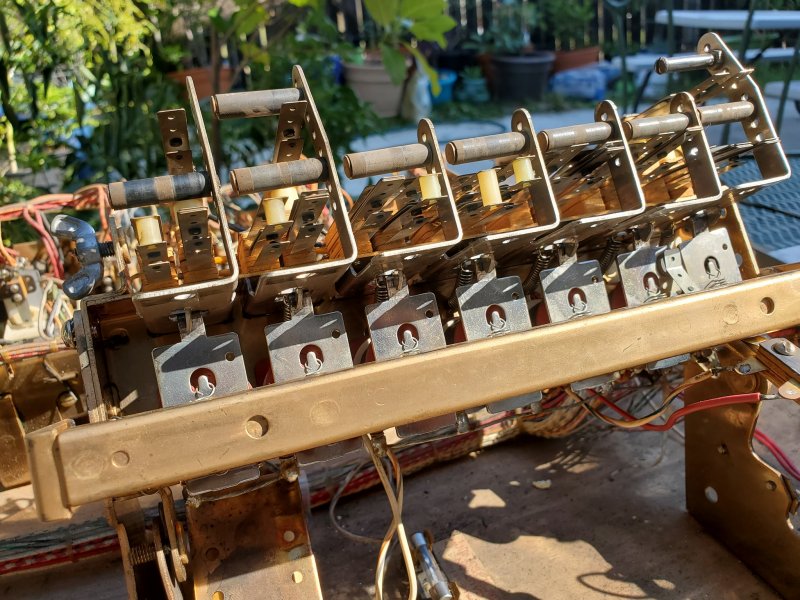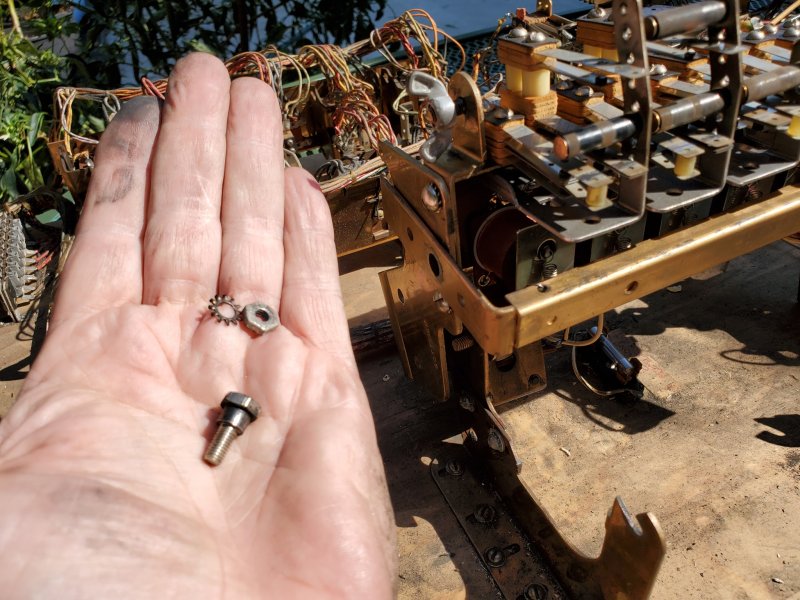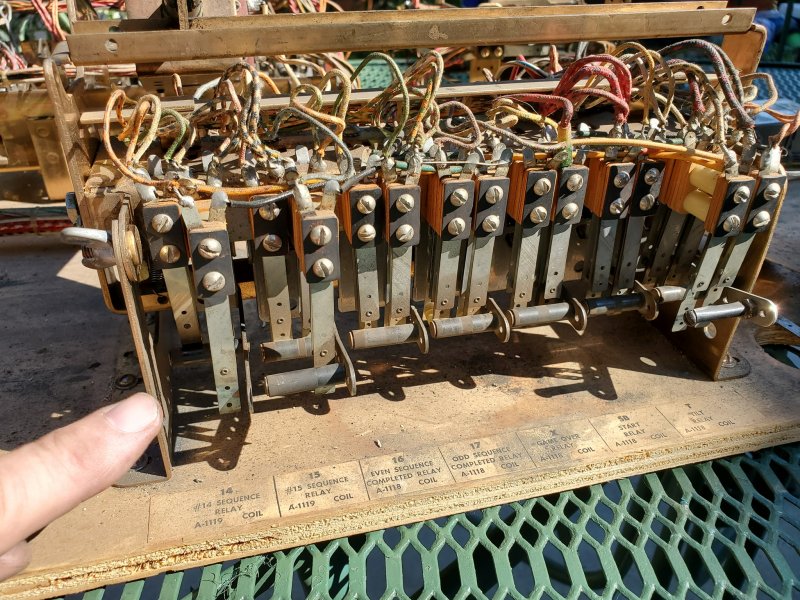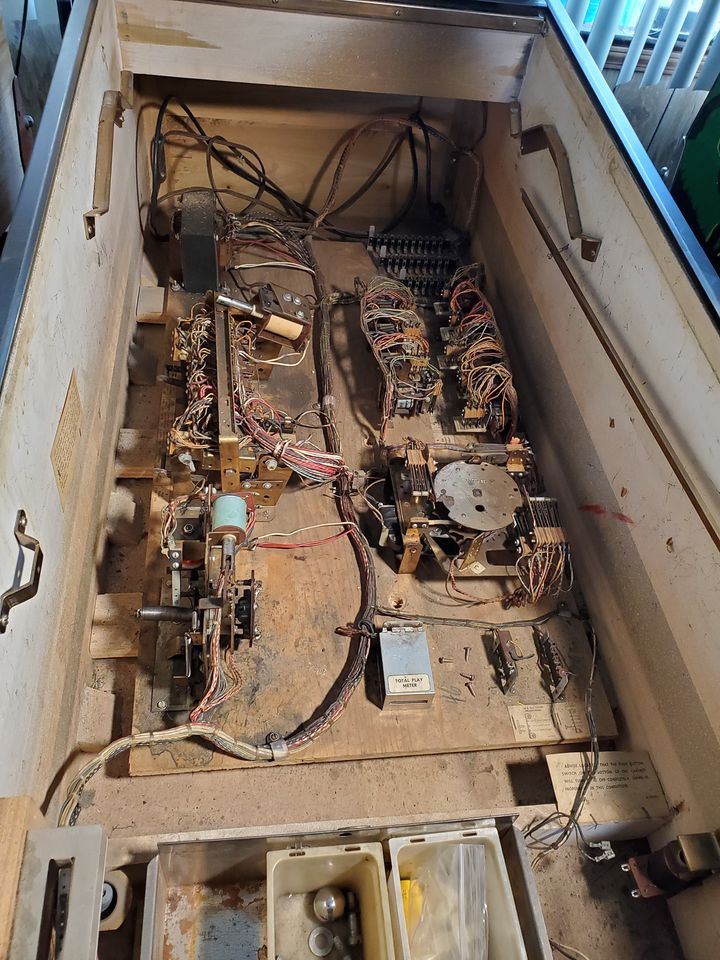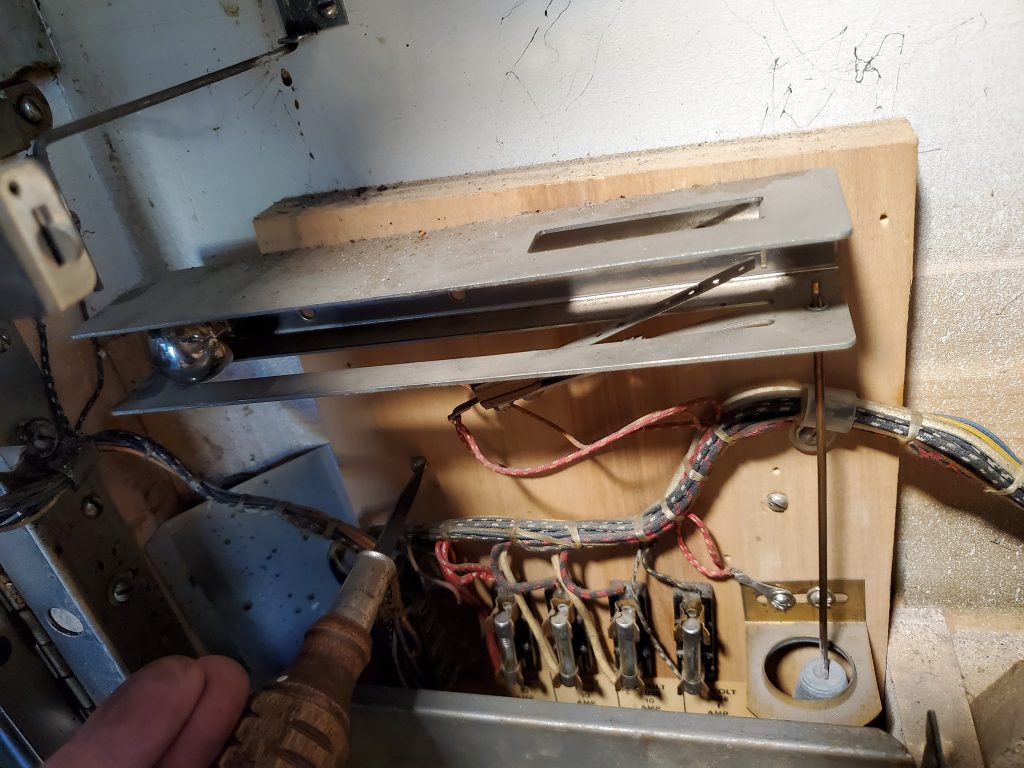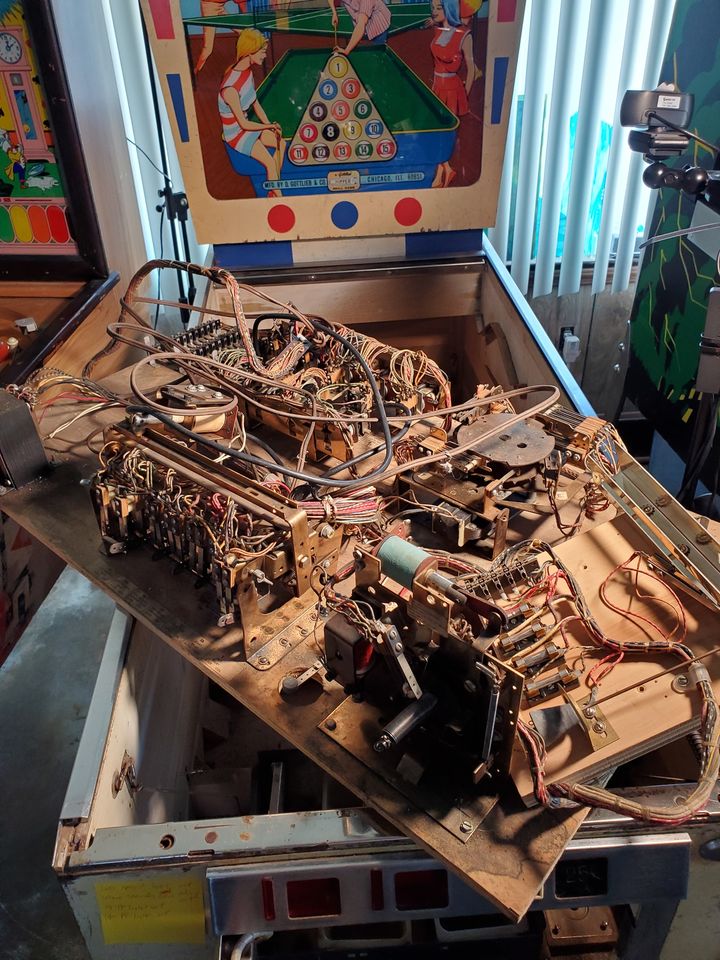I’ve had this game now for many years. It’s always been on my list to get it working but life has a way of creating lots of distractions. I finally decided the best approach was to move the game from my shop to the living room in my house, so it will hover over me and remind me of my failure to get it working… eventually that strategy started to work and I am diving in to getting the game working. First an initial look…
Gottlieb’s Haunted House is an amazing engineering achievement: 8 flippers, three separate playfields, four different flipper buttons. Pop bumpers everywhere. The bill of materials of this game must have been quite substantive. But what’s even cooler is how well engineered the game is despite having so many different levels. Usually multi-level playfields are a real pain to service, but each level can be gotten to without having to remove hardly any parts.
In the second video of the series, I show how to access the lower playfield, and cover the work I’ve done to the power supply/rectifier section:
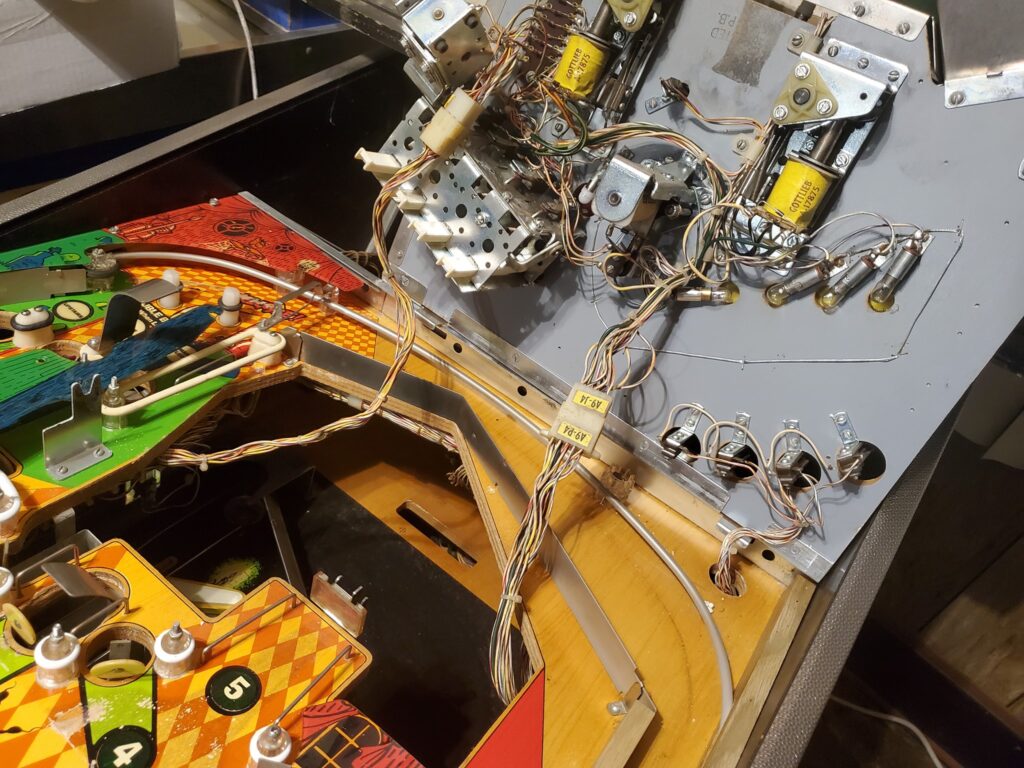
In part 3, I continue my work, fixing stuff, replacing rubbers, minor wiring issues and how to access the upper playfield:
Here are some more images of the work in progress:

